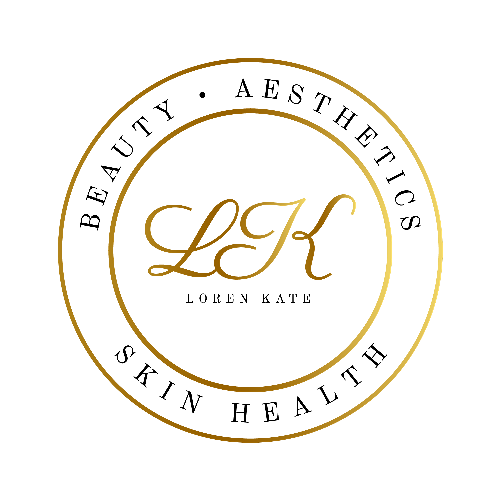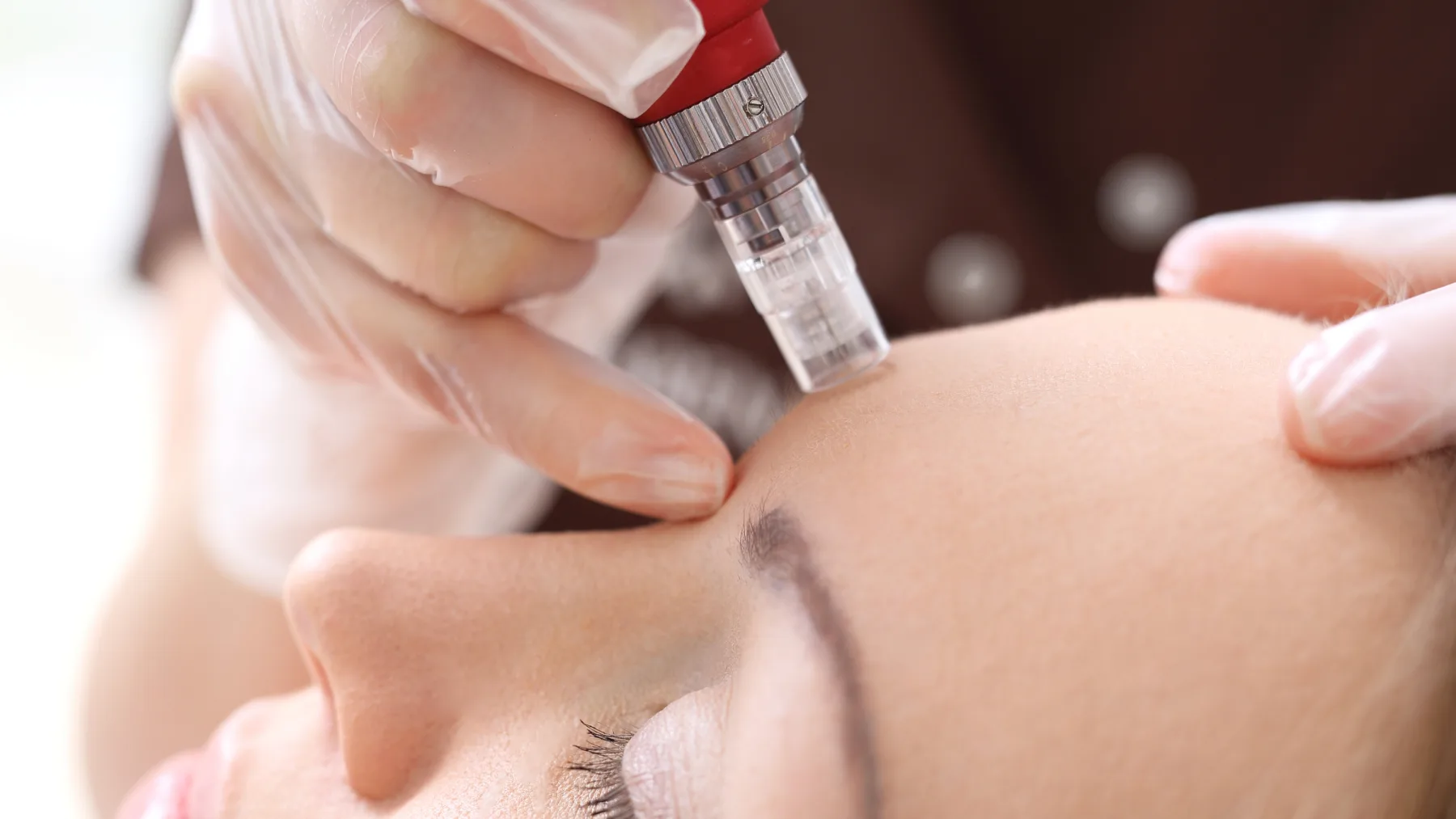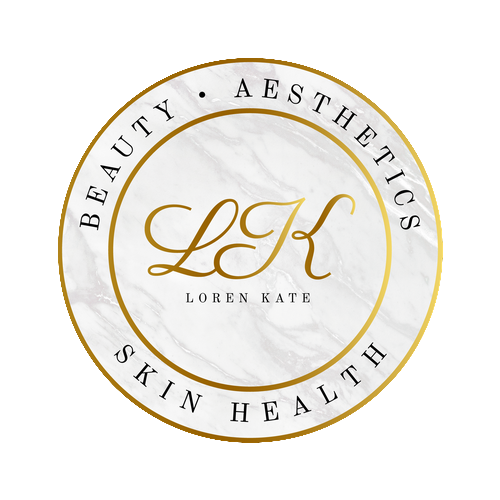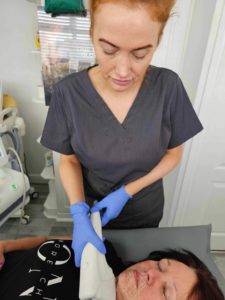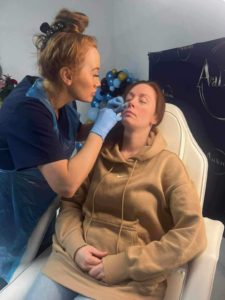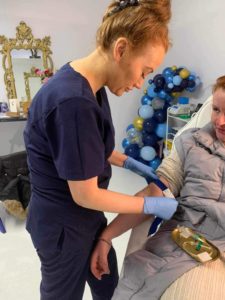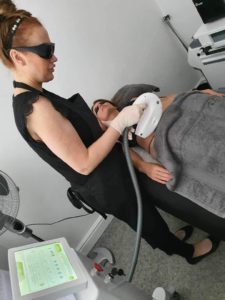Microneedling is most often used on your face to target:
- acne scars
- age spots (also called “sunspots”)
- fine lines and wrinkles
- Hyperpigmentation and sunspots
- large pores
- Other types of scars such as chicken pot scars
- Helps stimulate skin elasticity and collagen
- Uneven skin textures and tones
- in addition to facial concerns, microneedling is sometimes used to treat stretch marks in other areas of the body
Acne Scars / Burns / Skin Texture Renewal
By repairing underlying collagen, this treatment will repair underlying collagen to improve skin’s texture. Specifically, it can heal all types of acne scars, including ice pick scars, boxcar scars, atrophic scars and rolling scars. Further, any scarring caused by trauma or burns can be diminished. A series of treatments is recommended for best results.
Skin Tightening / Sagging Skin
it can diminish signs of aging. Skin will appear plumper; pore size will reduce, and fine lines and wrinkles will diminish. The treatment will continue to promote collagen production and skin will continue to transform.
Hyperpigmentation / Age Spots
Promotes skin renewal to even out skin tone. As a result, the treatment will cause discoloration to fade. Specifically, it will work on damage caused by photoaging, melasma or other skin conditions that can cause dark spots.
